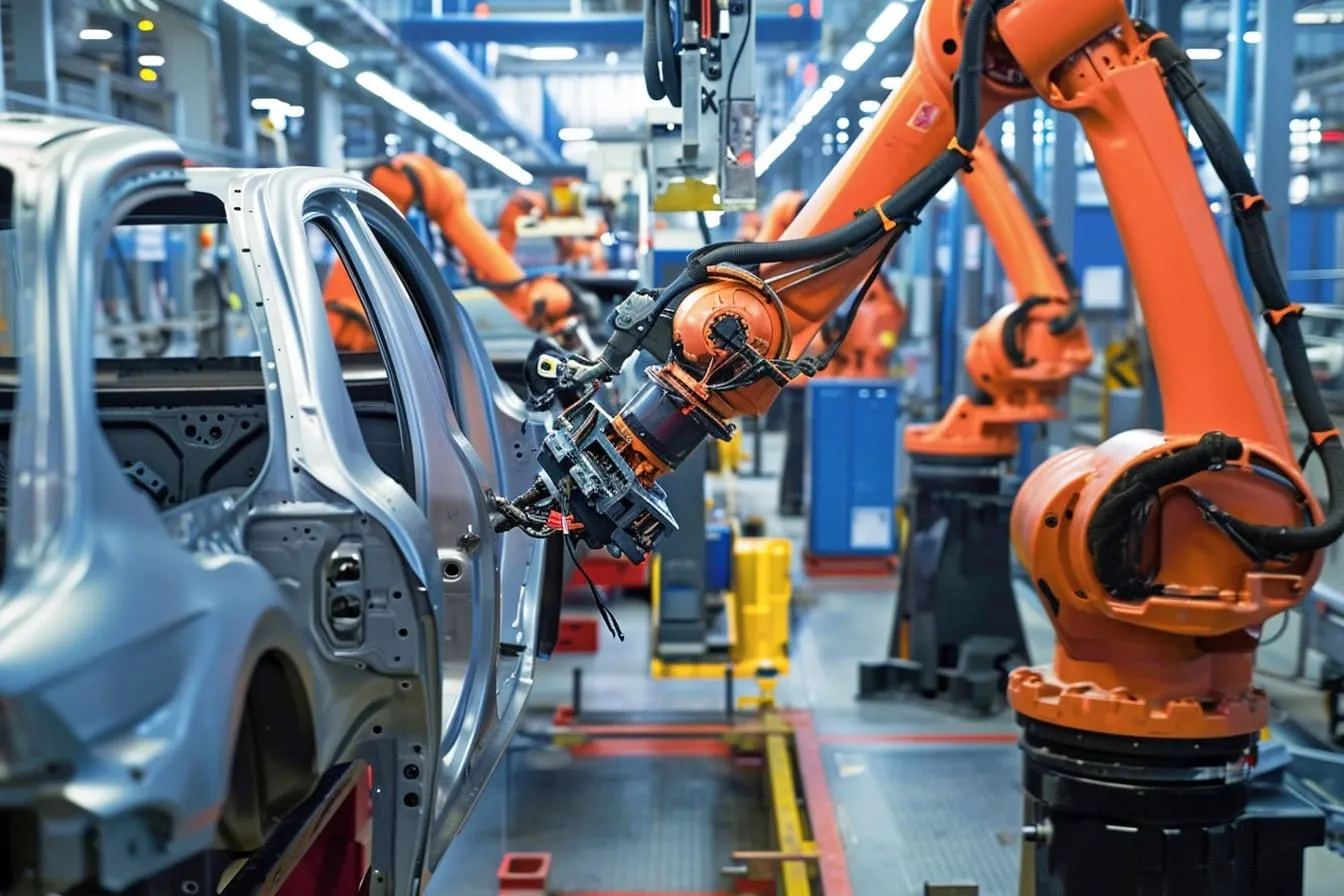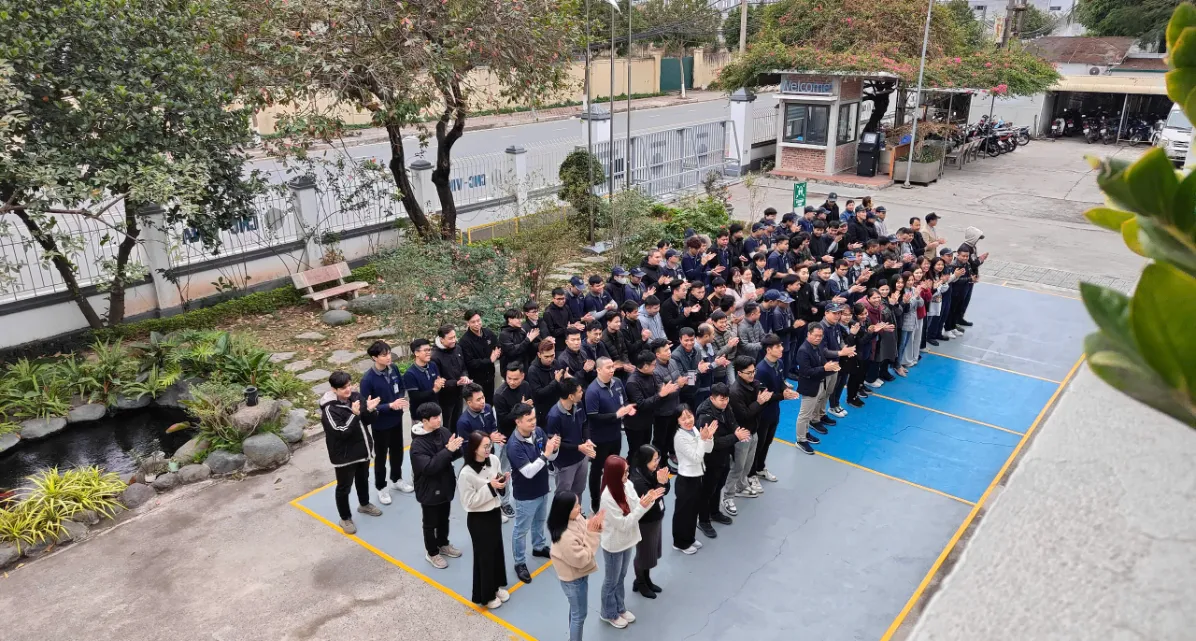Powder coating and conventional painting are the two most commonly applied methods, playing a crucial role in protecting products and enhancing aesthetics. However, they also have different characteristics and applications. In this article, let's explore the differences between these two types of coatings with PWP Solution!
Powder coating is a type of paint that exists in the form of thermoplastic or thermoset polymer and is applied to surfaces using a negatively charged powder coating layer. After being sprayed onto the surface, the product is placed in an oven at a temperature of 180-200°C to melt and firmly adhere to the surface.
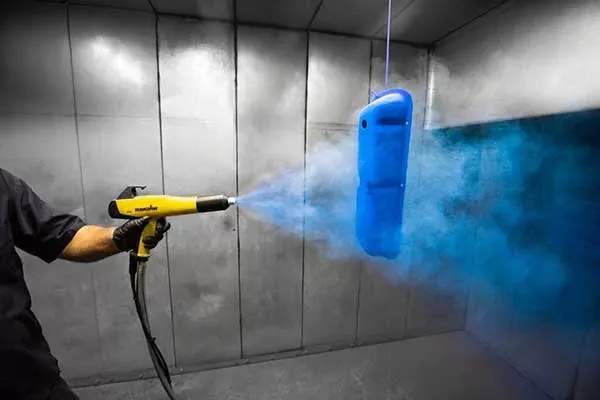
Powder coating has gained popularity due to its aesthetically pleasing surface finish. With a wide range of colors and the ability to be applied to various materials, it is widely used in mechanical processing. Below are the key advantages of powder coating:
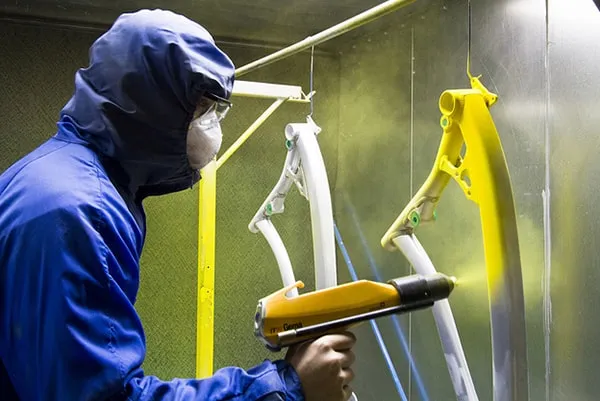
| Durability | The paint layer adheres firmly to the surface, minimizing peeling and withstanding harsh environmental conditions such as humidity and high temperatures. |
| Suitable for various surfaces | Can be applied to different materials like metal, aluminum, stainless steel, composites, plastic, carbon fiber, and MDF. |
| Surface quality | Provides a smooth, high-quality finish. |
| Easy application | The quick painting process eliminates the need for a primer, speeding up work efficiency. |
| Color variety | A wide range of colors is available to meet customization needs. |
| Cost-effective | Excess powder can be reused for subsequent coatings. |
Despite its many advantages, powder coating has certain limitations that users should consider before choosing this method:

| High investment cost | The powder coating system requires various equipment such as a spray booth, spray gun, and curing oven, making the initial investment costly. |
| Limited surface applicability | Cannot be used on materials like wood, plastic, or non-conductive surfaces. |
| Difficult maintenance | If peeling or damage occurs, repainting is more challenging and costly compared to conventional paint. |
Unlike powder coating, conventional paint uses solvents to dissolve the paint and help it adhere to material surfaces. Once the solvent evaporates and dries, a protective film remains on the surface.
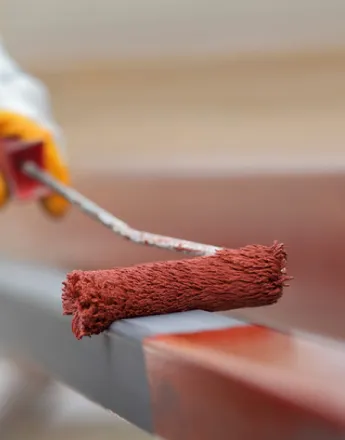
Conventional paint is widely used in mechanical processing due to its affordability and the following benefits:
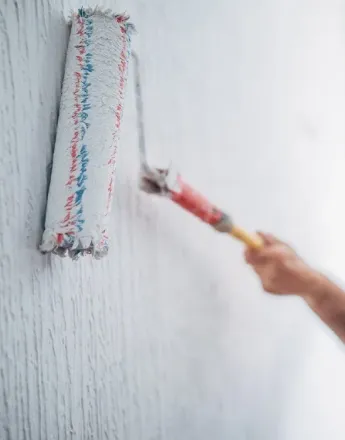
| Surface compatibility | Can be applied to surfaces like wood, plastic, metal, and many other materials. |
| Easy repair | If peeling or damage occurs, users can repaint easily at a low cost. |
| Low investment cost | Unlike powder coating, conventional paint does not require a specialized system, reducing initial investment costs. |
| Simple application | Can be applied using a brush, roller, or spray gun. |
| Affordable | More economical compared to powder coating. |
Despite its versatility, conventional paint has some drawbacks compared to powder coating:
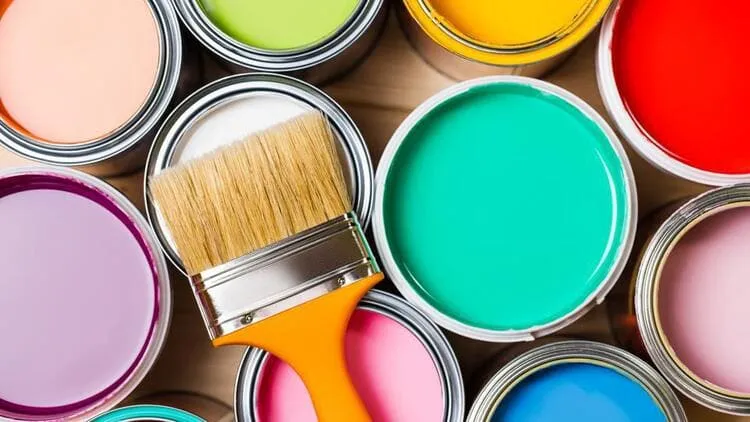
| Durability | If not applied properly, the paint layer may have inconsistent thickness, affecting aesthetics. |
| Health and environmental impact | Conventional paint contains chemicals that can be harmful to human health and the environment. |
| Efficiency |
Poor application technique can result in uneven thickness, reducing the overall finish quality.
|
If you're still unsure about the differences between these two types of paint, refer to the comparison table below:
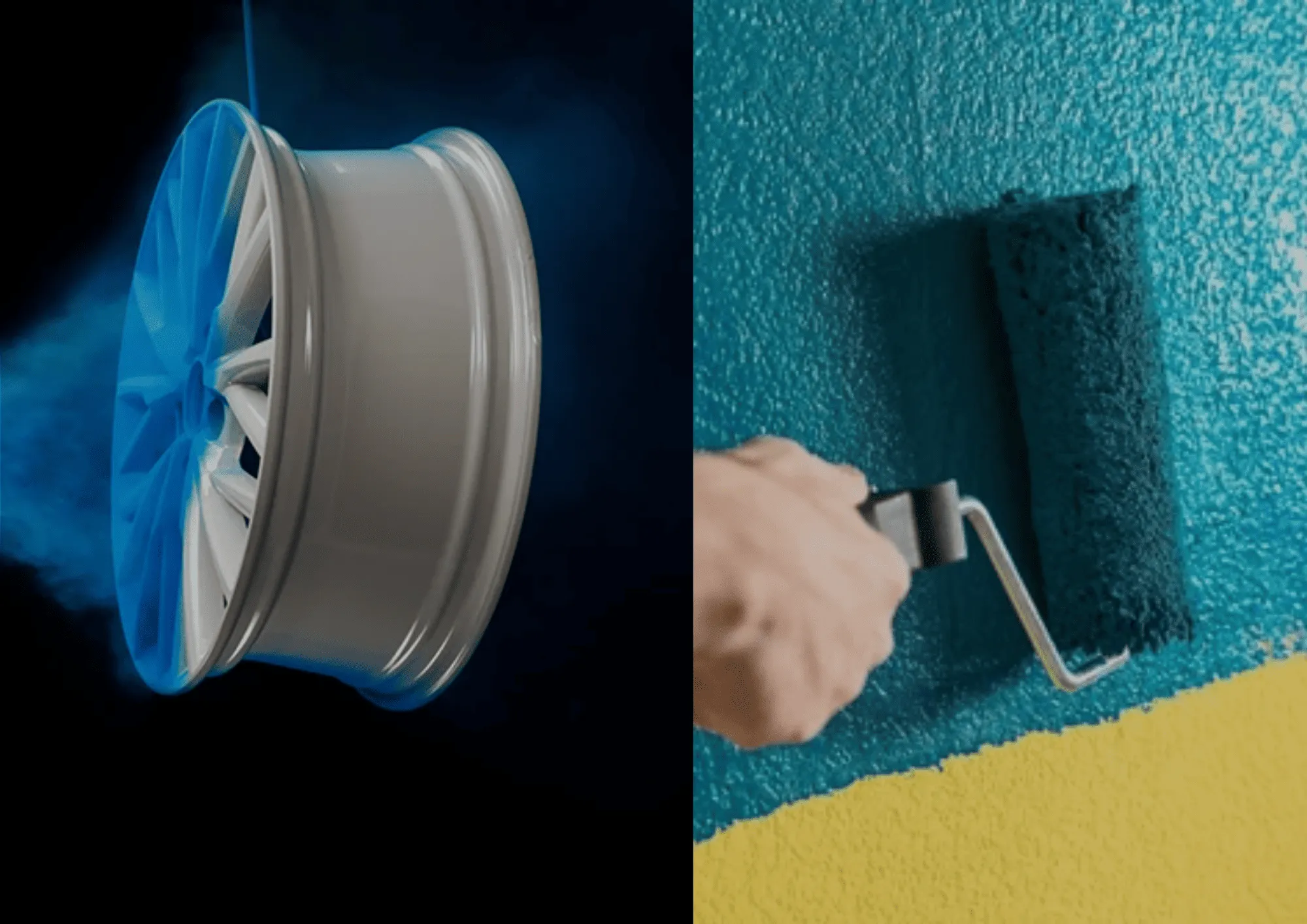
| Criteria | Powder coating | Conventional paint |
| Painting system | Requires specialized equipment and skilled workers to achieve a uniform, glossy finish. | Does not require a complex system, but achieving uniformity in color and gloss is challenging. |
| Painting Technology |
Low paint waste, performed in a closed system under operator control.
|
Higher paint waste, harder to reuse over time, and can be applied using spray guns, rollers, etc. |
| Paint Layer |
Provides a smooth, even coating with high weather resistance. |
Adhesion is relatively weak and prone to fading under harsh weather conditions. |
| Surface compatibility | Cannot adhere to concrete surfaces. |
Can adhere to most surfaces, including concrete.
|
| Cost | Higher cost. | Lower cost. |
| Environmental safety | Uses powder spray, minimizing direct contact with harmful substances. | Uses chemical solvents, exposing workers to potential health risks. |
| Ease of repair | Difficult and expensive to repair. | Easy and cost-effective to repair. |
| Applications | Commonly used for painting vehicle frames, rims, mechanical machinery, industrial enclosures, CNC machine frames, etc. | Mainly used for electrical devices, transformers, motors, and similar applications. |
Both powder coating and conventional paint are widely used in various industries, but each has its own advantages and disadvantages. Therefore, customers should carefully consider cost and application needs before making a decision. If you are unsure which paint type is best for your product, contact PWP Solution for expert consultation!
With over 10 years of experience in automated painting systems, PWP Solution is a trusted partner for major clients such as FORD, YAMAHA, VINFAST, and HYUNDAI. In addition to supplying and installing equipment, we provide optimal design and manufacturing solutions to ensure long-term system performance. This not only guarantees stable operation but also reflects our commitment to delivering high-quality products to our customers.
